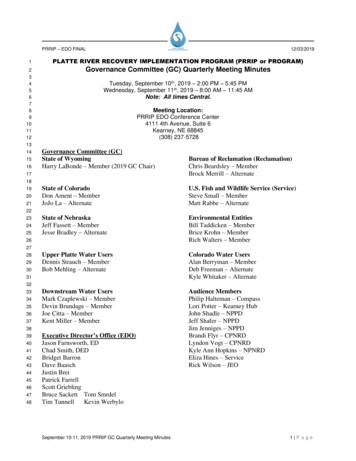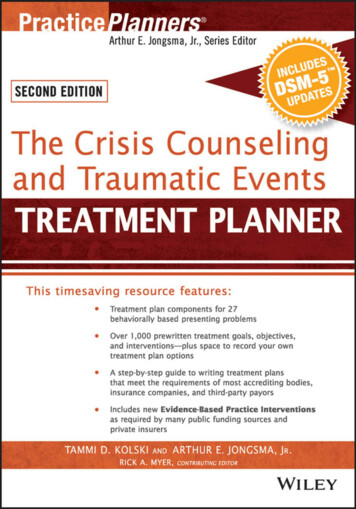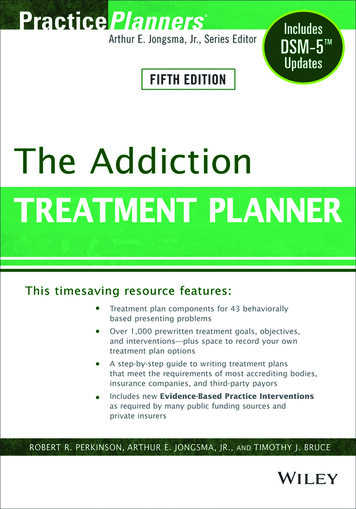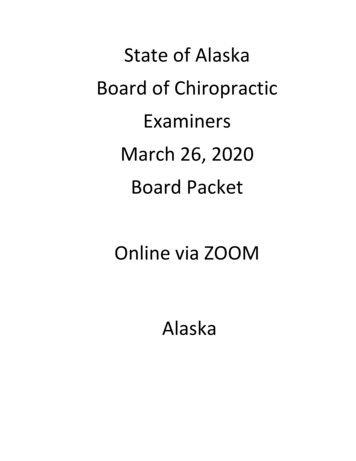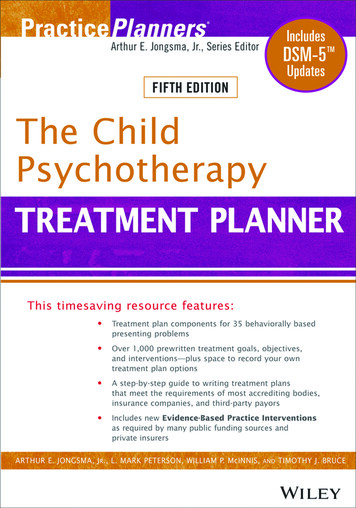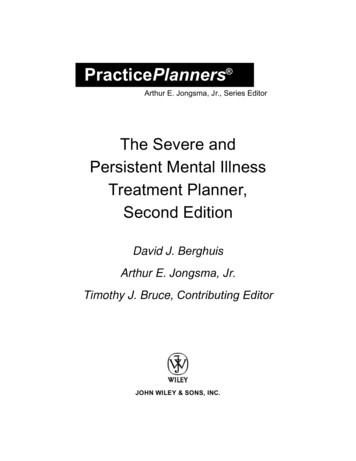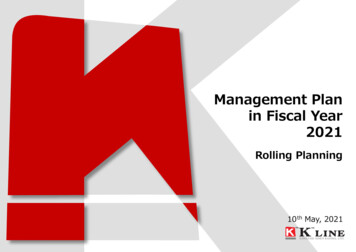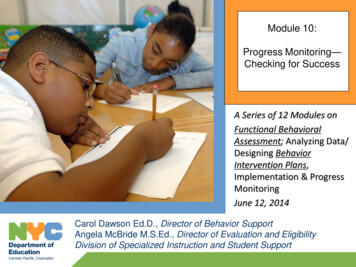![QUARTERLY PROGRESS MEETING - [May, 2020] Sustainable . - Chesapeake Bay](/img/37/2020-sustainable-schools-presentation.jpg)
Transcription
QUARTERLY PROGRESS MEETING – [May, 2020]Chesapeake Bay ProgramSustainable Schools OutcomeErin SullivanUS EPA, Region 3CBP Education Workgroup MemberOlivia WisnerChesapeake Research ConsortiumStewardship GIT Staffer
Through the Chesapeake Bay Watershed Agreement, the Chesapeake Bay Program has committed to Goal: Environmental LiteracySchools Outcome:Relevant PhotoContinually increase the number of schoolsin the region that reduce the impact of theirbuildings and grounds on their localwatershed, environment and human healththrough best practices, including student-ledprotection and restoration
How You Can HelpHigh-level summary: Certifications have leveled-off,more data forthcoming New EPA schools coordinator ErinSullivan Want an updated list of SustainableSchool contacts and to increasevisibility of sustainable schoolprograms
LLearnWhat have we learned in the lasttwo years?
Successes and ChallengesWhat Worked 2018 GIT Funding, Stroud WaterResearch Center (final GIS tool isdue this year)Individual states are anticipatingincreased SS growth (PA,MD), basedon new Governor’s prioritiesWhat Didn’t District-level involvementIndividuals pursue restorationprojectsLimited resources
What is our Expected andActual Progress? Although a target number is not associated with this outcome, it is important togauge progress and growth.In 2017, 14 percent of public and charter schools in the Chesapeake Baywatershed—610 schools in all—were certified sustainable. This marks a 22percent increase from the number of sustainable schools in the watershed in2015. Updated data is forthcoming.
On the Horizon Expected Policy Developments PA- proposed Redevelopment Assistance Capital Program(RACP) MD- Green Schools Act 2019Expected Scientific Developments Results of EPA Science to Achieve Results (STAR) research 2018 GIT Funding, Stroud Research Center, stormwater BMPson school groundsExpected Fiscal Developments EPA RFA for healthy learning environments MOUs with FCCLA and Scholastic, Inc
AAdaptHow does all of this impact ourwork?
Based on what welearned, we plan to Promote green cleaning practices COVID-19Connect MWEEs to SustainableSchoolsIncrease recognition for SustainableSchools certification Ex: MD Annual Youth Summit
HHelpHow can the Management Boardlead the Program to adapt?
Help Needed Provide an updated list ofappropriate contacts forSustainable SchoolsInitiate conversations with StateSecretaries and Governors toincrease recognition and visibilityof sustainable school programs
QUARTERLY PROGRESS MEETINGChesapeake Bay ProgramDiscussionPresentation template by SlidesCarnival.
In 2017, 14 percent of public and charter schools in the Chesapeake Bay watershed—610 schools in all—were certified sustainable. This marks a 22 percent increase from the number of sustainable schools in the watershed in 2015. Updated data is forthcoming.
